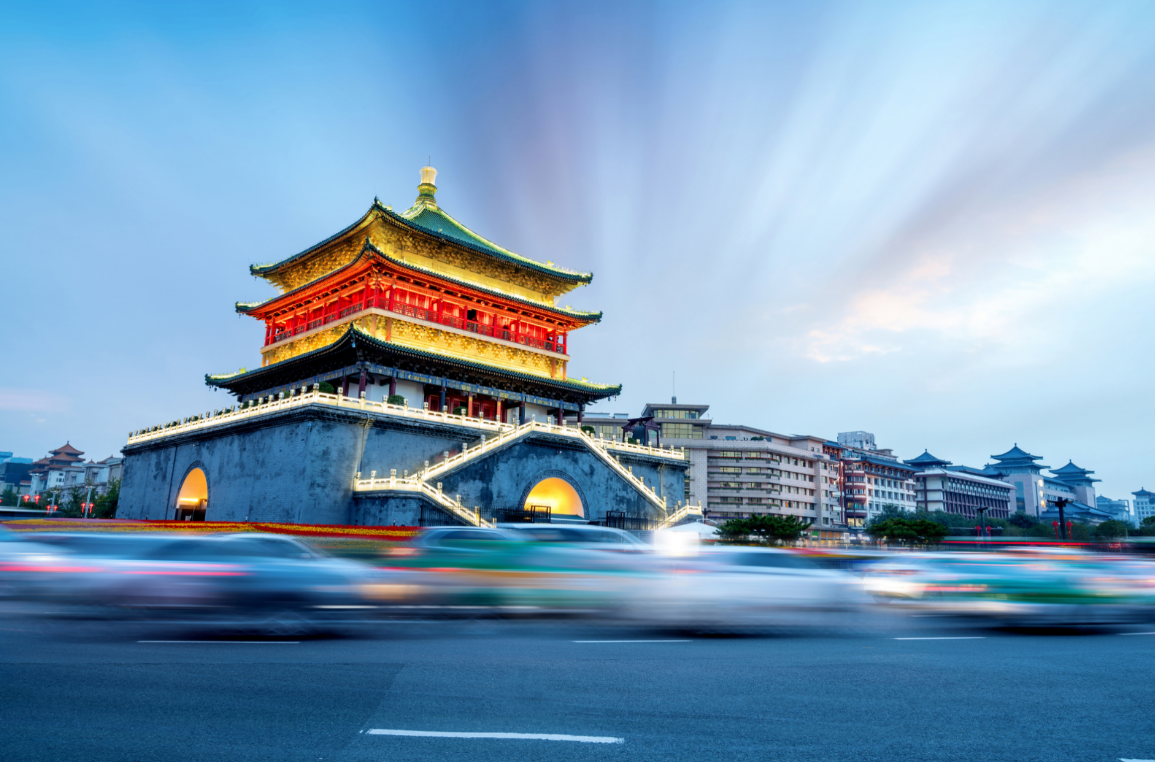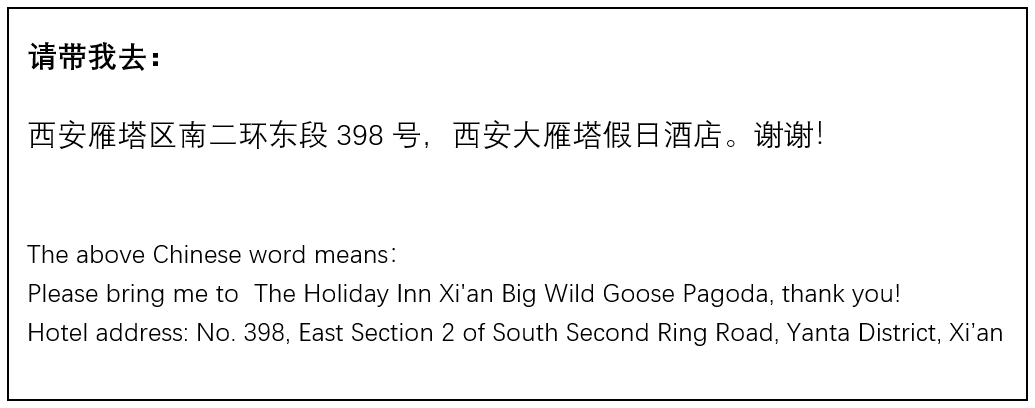Xi’an, China

Nestled in the heart of China's Shaanxi province, Xi'an stands as a majestic testament to the nation's profound history and dynamic present. Once known as Chang'an, the city served as the capital for 13 dynasties, including the powerful Qin, Han, and Tang, making it one of the most significant cradles of Chinese civilization.
The name Xi'an is synonymous with the Terracotta Army, one of the most breathtaking archaeological discoveries of the 20th century. This silent, subterranean legion of thousands of life-sized soldiers and horses, built to guard China's First Emperor in the afterlife, is often called the "Eighth Wonder of the World" and draws millions of visitors each year.
But Xi'an's historical wealth extends far beyond the Terracotta Warriors. The city is perfectly encapsulated by its magnificent City Wall, the most complete ancient fortification surviving in China. Cycling along its 14-kilometer perimeter offers a unique perspective, overlooking both historic neighborhoods and the modern city skyline.
At the very heart of Xi'an lies the Bell Tower, a iconic symbol marking the city's central axis. A short stroll away leads to the bustling Muslim Quarter, a vibrant labyrinth of food stalls and shops centered around the serene Great Mosque. Here, the aromas of sizzling lamb skewers, "yangrou paomo" (crumbled bread in mutton soup), and other local delicacies fill the air, showcasing a rich cultural fusion that has lasted for over a millennium.
From being the eastern terminus of the legendary Silk Road to a modern hub for education, technology, and aerospace, Xi'an seamlessly blends its ancient soul with a forward-looking spirit. It is a city where you can walk in the footsteps of emperors, touch walls that have stood for centuries, and feel the enduring pulse of a civilization that continues to inspire the world.
In essence, Xi'an is not just a city to visit; it is an essential chapter in the story of humanity.
Lijiang, an attractive tourist destination in Yunnan Province, is considered a fairyland blessed with fresh air, clear streams, breathtaking snowy mountains and an undisturbed landscape inhabited by friendly people. It exercises jurisdiction over four counties and an Old Town District. This is the main region inhabited by the Naxi People, one of China's 55 minority ethnic groups.
While the geographical position of the city is remote, it has the advantage of ensuring a pleasant year-round climate and a wide variety of tourist resources in the 7,954 square miles (20,600 square kilometers) area. The earliest recorded history of the city can be traced back to the Warring States Period (476 BC-221 BC). With the advent of the Tang Dynasty (618-907), the local economy reached a peak with the development of the Ancient Tea-Horse Road which made a great contribution to both commercial and cultural communication between Tibet, Sichuan and Yunnan Provinces.
The Old Town District has the well preserved Lijiang Old Town, listed a World Cultural Heritages site by UNESCO in 1997. The Old Town was once the center of the city and continues to maintain the original flavor of the local lifestyle, the typical local architecture and the profound cultural heritage of the region. It is graced by well preserved ancient buildings and the Naxi Culture.
____________________________________________________________________________________________________
ISDME 2026 will be held in Xi'an, China onApril 10-12, 2026. The information about the hotel is only a preliminary plan, the final program should be contacted to the conference secretary.




Ⅰ. Information:
The Holiday Inn Xi'an Big Wild Goose Pagoda
Hotel Website:click
Tel:+029-88668877 to Reservation Department
Address: No. 398, East Section 2 of South Second Ring Road, Yanta District, Xi’an.
>> Standard single room: RMB 460/ night (about USD 64.75/ night). (One bed, Internet and one breakfast included)
>> Standard double room: RMB 460/ night (about USD 64.75/ night). (Two beds, Internet and two breakfast included)
Ⅱ. Room Booking:
You can make a reservation by calling the 180 9290 3676 before November 3rd, please tell that you are a guest of " IFEEA 2025 ", and then can enjoy the agreed price.
Ⅲ. Direction:
* Xi'an Xianyang International Airport : 40km ; 49mins
* Xi'an Station: 9km ; 35mins
Ⅳ. Tips:
For non-Chinese Attendees, "Bring me to the hotel" card is available. You can show it to the taxi drivers and they will take you to the hotel.
